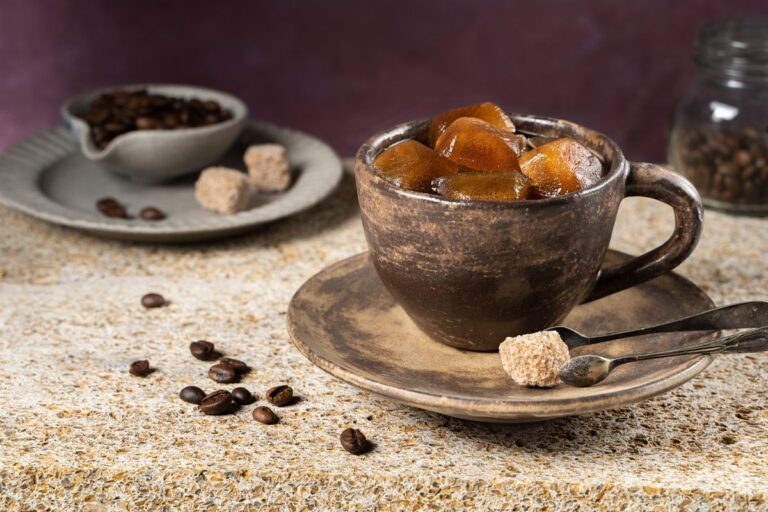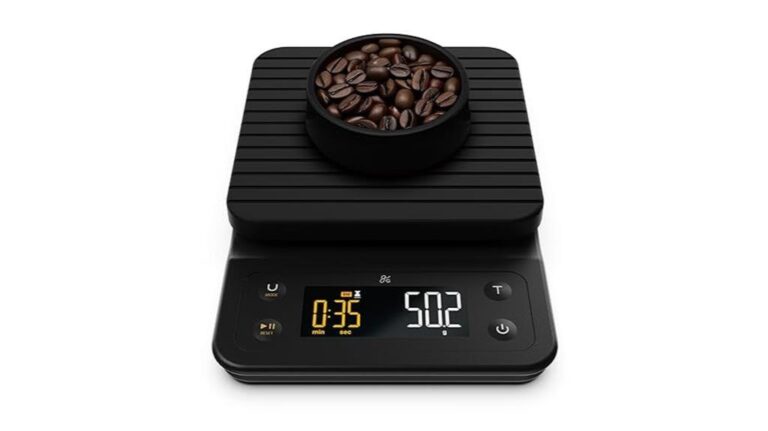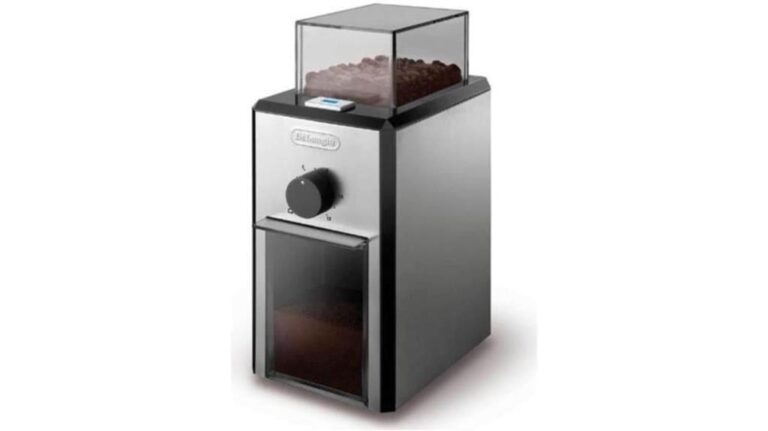What Sets AeroPress Apart From French Press Brewing?
In the realm of coffee brewing, two popular methods often compete for the attention of connoisseurs: the AeroPress and the French press. While both of these brewing techniques have their merits and result in a rich and full-bodied cup of coffee, they differ significantly in terms of design, brewing process, and the resulting coffee flavor. In this exploration of what sets AeroPress apart from French press brewing, we will delve into the distinctive features and advantages of each method, allowing you to make an informed choice for your daily caffeine fix.
AeroPress offers a quick, clean, and versatile brewing method, delivering a smooth and well-extracted cup of coffee. In contrast, the French press relies on a longer steeping time, resulting in a bolder and more robust flavor with sediment. The choice between these methods depends on your preference for a fast, clean taste or a slower, fuller-bodied brew.
By examining these brewing methods, we can appreciate the unique qualities that make AeroPress stand out in the world of coffee brewing. Its shorter brewing time, combination of extraction methods, effective filtration, and versatility contribute to its appeal among coffee aficionados seeking a convenient and customizable brewing experience. Whether you prefer the traditional boldness of the French press or the refined complexity of the AeroPress, both methods offer distinct advantages that cater to different preferences and brewing styles.
Key Takeaways
- AeroPress has a shorter brewing time compared to French press.
- AeroPress combines pressure and immersion for extraction, while French press relies solely on immersion.
- AeroPress uses a paper or metal filter for filtration, resulting in a cleaner and smoother cup of coffee.
- AeroPress is more versatile and offers various brewing techniques, making it a preferred choice for experimentation and customization.
AeroPress Vs French Press Brewing Time Comparison
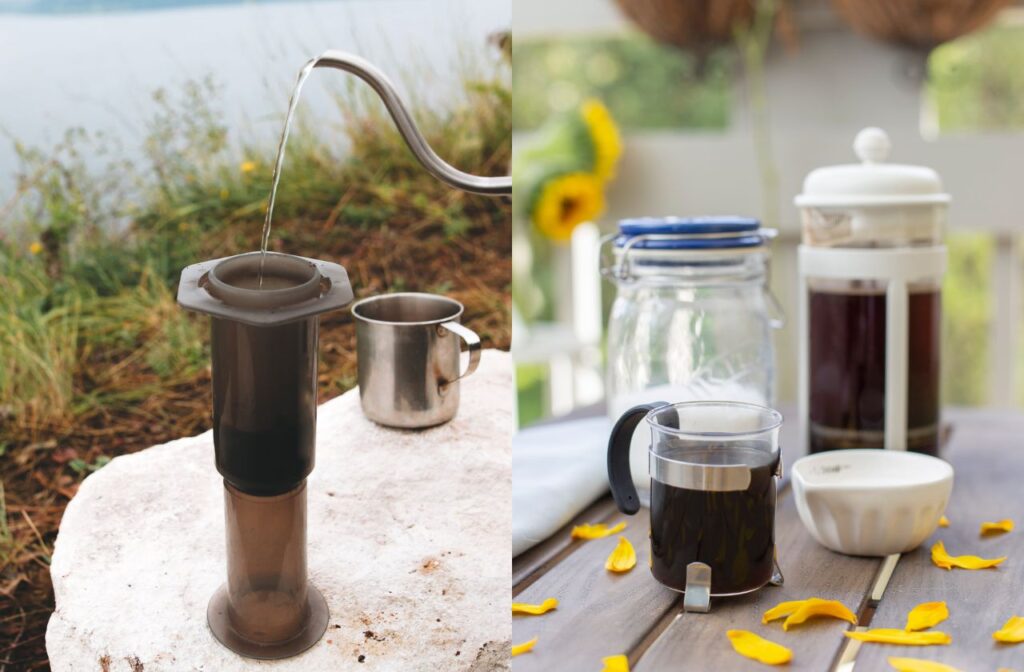
The brewing time for AeroPress and French press methods differs significantly. Understanding this difference is crucial for coffee enthusiasts who desire mastery of their brewing techniques.
The AeroPress boasts a significantly shorter brewing time compared to the French press. While the French press typically requires several minutes of steeping, the AeroPress can produce a delicious cup of coffee in just a matter of seconds. This quick brewing time makes the AeroPress a convenient choice for those who are always on the go or prefer a faster brewing process.
Brewing time and temperature variations can also have an impact on the caffeine content of the brewed coffee. The shorter brewing time and higher temperature of the AeroPress method may result in a higher caffeine concentration compared to the longer brewing time and lower temperature of the French press method.
Different Coffee Extraction Methods
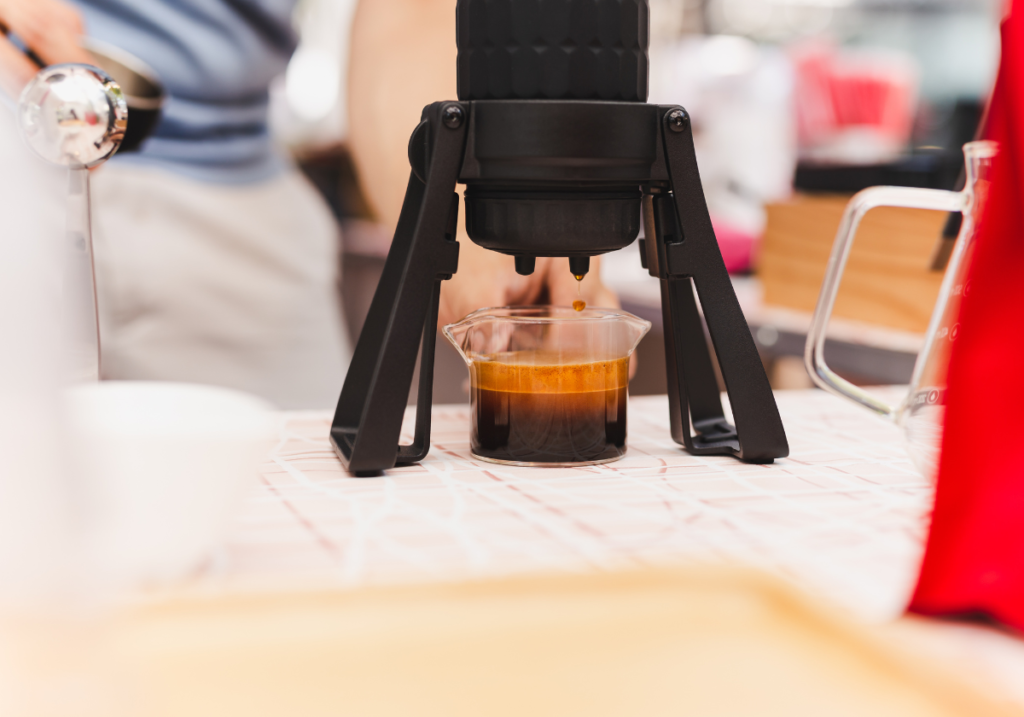
When comparing the AeroPress and French press brewing methods, it is important to explore the different coffee extraction techniques used. The extraction process refers to the transfer of flavor compounds from the coffee grounds to the water.
The French press utilizes immersion brewing, where coffee grounds steep in hot water for an extended period. The AeroPress employs a combination of immersion and pressure. This unique approach allows for a more thorough extraction, resulting in a cleaner and more refined cup of coffee. The AeroPress’s ability to extract flavors efficiently sets it apart as a preferred method for achieving a well-balanced and nuanced coffee experience.
There are notable differences in the extraction methods employed by these two brewing devices. These are three key differences in coffee extraction between the AeroPress and French press:
- Brewing temperature control:
- The AeroPress allows for precise control over brewing temperature. The AeroPress typically requires a higher brewing temperature, around 195-205°F (90-96°C), to extract the desired flavors effectively.
- The French press method tends to utilize a lower brewing temperature, around 175-185°F (79-85°C), to avoid over-extraction and maintain a smoother taste.
- Extraction efficiency:
- The AeroPress, known for its versatility and quick brewing process, requires a brewing time of approximately 1-2 minutes. This method combines pressure and immersion, resulting in a full-bodied and flavorful cup of coffee.
- The French press method requires a longer brewing time, typically around 4-5 minutes. This method relies solely on immersion, allowing the coffee grounds to steep in hot water before being pressed down to separate the liquid from the grounds. The extended brewing time of the French press method allows for a stronger and more robust flavor profile.
- Filtration method:
- The AeroPress utilizes a paper or metal filter that removes fine particles and oils, resulting in a clean and sediment-free cup of coffee.
- The French press uses a metal mesh filter, allowing more oils and sediment to pass through, resulting in a fuller-bodied coffee with more texture.
Weird Coffee Tip: Knowing the differences between AeroPress and Frech press brewing methods can greatly impact your brew. Learn all about these differences in this article:
5 Key Differences: Aeropress Vs. French Press Brewing
Filtered Vs Unfiltered Coffee
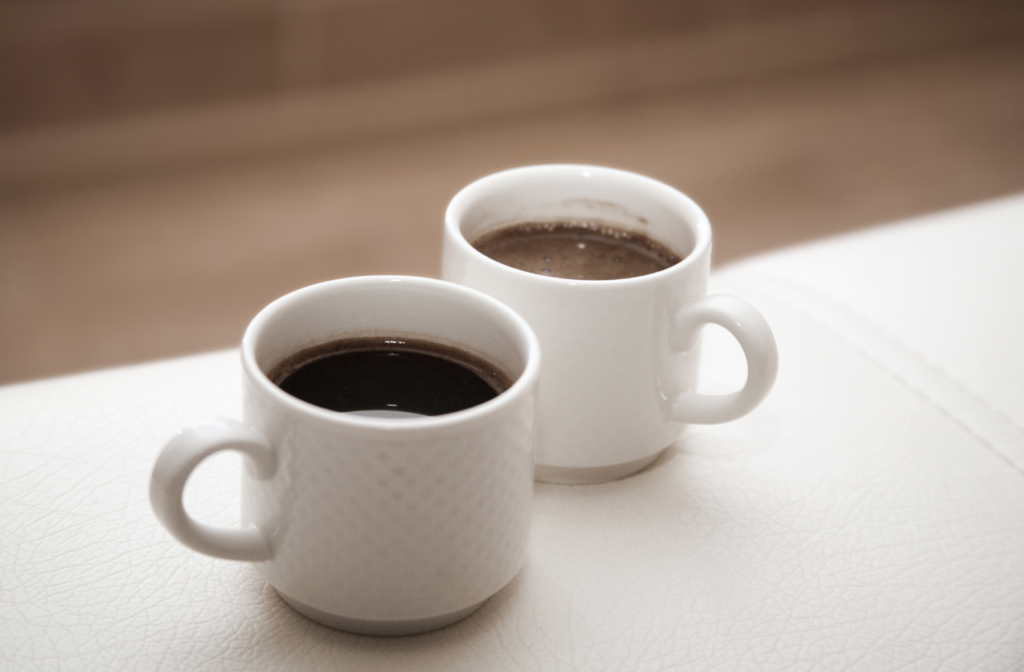
Filtered and unfiltered coffee exhibit distinct characteristics in terms of flavor and texture. The choice between filtered and unfiltered coffee depends on personal preferences and the desired taste experience.
The French press uses a metal mesh filter that allows oils and fine particles to pass through, contributing to its characteristic bold and full-bodied mouthfeel. In contrast, the AeroPress employs a paper or metal filter that effectively removes sediment and oils, resulting in a cleaner and smoother cup of coffee. This distinction in filtration can greatly influence the overall flavor and texture of the brew.
When coffee is brewed using brewing equipment with a built-in filter, such as the AeroPress, the resulting beverage is filtered coffee. In this method, the coffee grounds are steeped in hot water, and then the brewed coffee is separated from the grounds using a paper or metal filter. This process removes any particles and oils present in the coffee grounds, resulting in a cleaner and smoother cup of coffee.
Unfiltered coffee, which is commonly produced using the French press method, allows the coffee grounds to steep directly in water without any additional filtration. As a result, the coffee retains more of its natural oils and sediment, resulting in a fuller-bodied and potentially more intense flavor. The presence of these oils and sediment can also lead to a slightly grittier texture in the final cup.
Ultimately, the choice between filtered and unfiltered coffee comes down to personal taste preferences and the desired coffee experience.
Versatility in Brewing Techniques

The versatility of brewing techniques in AeroPress and French press allows coffee lovers to explore and master the art of manual brewing while utilizing temperature control techniques to create their perfect cup of coffee.
In terms of versatility, the AeroPress shines. Its compact size and lightweight design make it an ideal choice for travelers or those with limited kitchen space. The AeroPress offers various brewing techniques, allowing coffee enthusiasts to experiment and customize their brewing process to achieve their desired flavor profile.
The French press, while versatile in its own right, may not offer the same level of flexibility as the AeroPress when it comes to brewing methods.
Brewing techniques in AeroPress and French press offer distinct versatility for coffee lovers. These methods allow enthusiasts to experiment with different variables to achieve their desired cup of coffee. Here are three key aspects that contribute to the versatility of these brewing techniques:
- Manual vs Automatic Brewing:
- AeroPress: The manual nature of AeroPress brewing allows for complete control over the brewing process. Coffee lovers can adjust factors such as water temperature, brew time, and agitation to fine-tune their brew.
- French Press: Similarly, the manual brewing process of a French press provides control over various variables. Users can determine the grind size, steeping time, and pour technique to customize their coffee.
- Temperature Control Techniques:
- AeroPress: With AeroPress, coffee aficionados can employ temperature control techniques such as preheating the brewer and water. This precision in temperature management can enhance the flavor extraction process.
- French Press: For French press brewing, users can experiment with different water temperatures to achieve specific flavor profiles. Lower temperatures may result in a lighter-bodied brew, while hotter temperatures can yield a bolder flavor.
- Other Versatile Brewing Methods:
- Both AeroPress and French press can be used in alternative brewing methods. For example, the AeroPress can be inverted for a longer steep time, while the French press can be used for cold brew preparations.
Flavor Profiles and Taste Differences
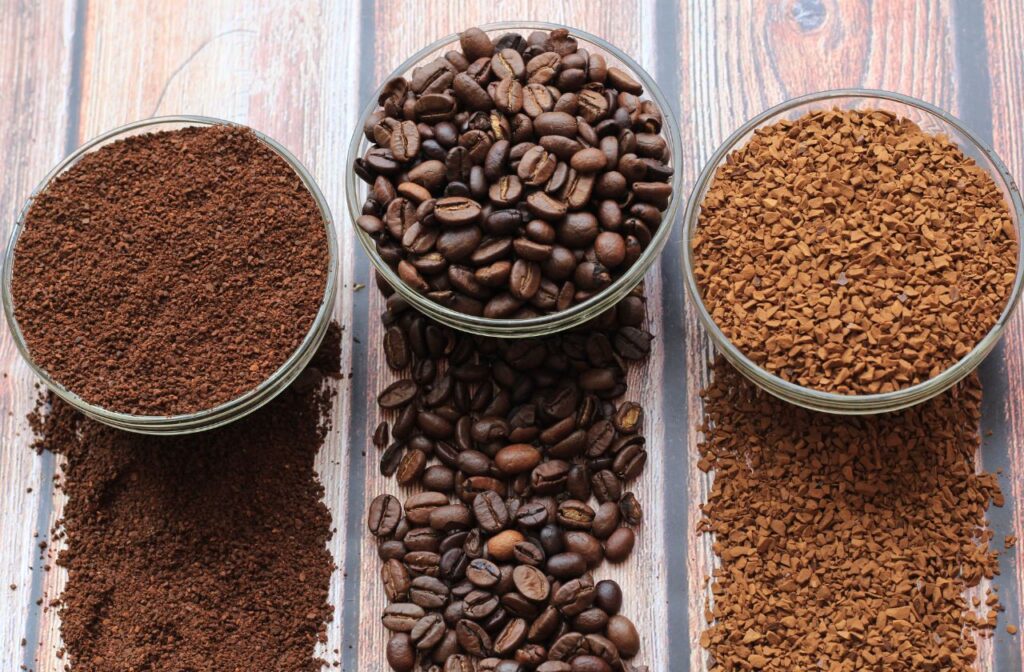
The flavor profiles and taste differences between AeroPress and French press brewing techniques can be distinct and varied. One significant factor that contributes to these differences is the brewing temperature.
French press brewing typically involves steeping coarsely ground coffee in hot water for an extended period, resulting in a full-bodied and robust flavor. The water temperature used in French press brewing is usually around 175-185°F (79-85°C), which can extract more oils and flavors from the coffee grounds.
AeroPress brewing utilizes a shorter brewing time and higher brewing temperature. The coffee grounds are steeped in hot water for a shorter duration, around 1-2 minutes, at a higher temperature of 195-205°F (90-96°C). This method often produces a cleaner and smoother cup of coffee with less bitterness and acidity.
Another factor that can influence the flavor profiles is the caffeine content. French press brewing tends to result in a higher caffeine content due to the longer steeping time and lower water temperature. In contrast, AeroPress brewing extracts less caffeine from the coffee grounds due to the shorter brewing time and higher temperature.
Conclusion
The AeroPress and French press brewing methods have distinct differences in terms of brewing time, coffee extraction methods, filtered vs unfiltered coffee, versatility in brewing techniques, and flavor profiles.
The AeroPress offers a faster brewing time, uses pressure to extract coffee, produces filtered coffee, allows for various brewing techniques, and often results in a cleaner and more nuanced taste.
The French press has a longer brewing time, uses immersion to extract coffee, produces unfiltered coffee, has limited brewing techniques, and often yields a bolder and fuller-bodied taste.

